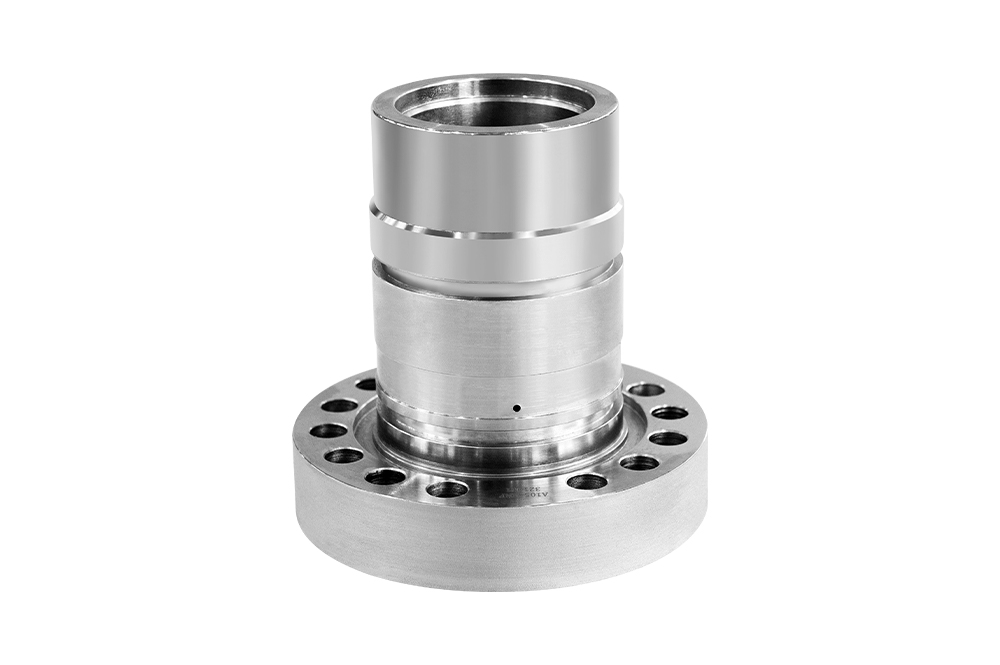Water treatment facilities play a critical role in ensuring safe and clean water for communities and industries. One of the essential components in these facilities is the ball valve, which helps regulate and control the flow of water throughout various treatment stages. Choosing reliable ball valve parts is key to maintaining the efficiency and safety of water treatment processes. This article discusses the importance of ball valve components in water treatment systems and highlights common types used in these applications, including the 3pcs ball valve, resilient seated ball valve, and SS flanged ball valve.

The Role of Ball Valves in Water Treatment
Ball valves are widely used in water treatment plants due to their straightforward design, durability, and ability to provide a tight shut-off. They control water flow by rotating a ball with a hole through it inside the valve body, allowing water to pass when open and stopping flow when closed. The reliability of these valves directly impacts the overall operational efficiency of water treatment facilities.
Because water treatment involves processes that require precise control over pressure, flow rate, and chemical handling, the components of ball valves must withstand a variety of conditions, including exposure to corrosive substances, temperature fluctuations, and continuous operation. This makes it crucial to select valve parts that meet industry standards and offer consistent performance.
3pcs Ball Valve for Versatility and Maintenance
The 3pcs ball valve is a popular choice in water treatment applications due to its modular construction. It consists of three main parts: two end caps and a central valve body that houses the ball and stem assembly. This design allows easier access for maintenance, inspection, and cleaning without removing the entire valve from the pipeline.
In water treatment plants, where valves may need frequent servicing due to sediment build-up or chemical exposure, the 3pcs ball valve’s detachable nature saves time and labor costs. The ability to replace seals or the ball itself without full disassembly reduces downtime and helps maintain continuous water processing.
Additionally, the 3pcs ball valve design supports a variety of end connections such as threaded, flanged, or welded, providing flexibility to match existing pipeline configurations. This adaptability makes it a practical solution across multiple sections of water treatment infrastructure, including filtration units, chemical dosing systems, and distribution lines.
Resilient Seated Ball Valve for Leak Prevention
Leak prevention is a major concern in water treatment facilities where contamination and water loss must be lessd. The resilient seated ball valve addresses this by incorporating a soft seat, typically made of materials like PTFE or rubber, which provides a tight seal against the ball.
This type of valve seat adapts to minor imperfections in the ball and valve body, reducing the risk of leaks even under low-pressure conditions. The resilience of the seat also allows it to maintain sealing properties despite wear and exposure to various chemicals commonly used in treatment processes.
Resilient seated ball valves are especially useful in systems where frequent opening and closing cycles occur, as the soft seat material helps reduce friction and wear. This contributes to longer valve life and fewer replacements, which is critical in water treatment plants operating 24/7.
The valve seat’s ability to maintain a tight shutoff without requiring excessive torque makes resilient seated ball valves a preferred choice for both manual and automated valve operations. They are often employed in potable water lines, wastewater treatment stages, and chemical injection points within treatment facilities.
SS flanged ball valve for Heavy-Duty Applications
In sections of water treatment plants where higher pressure or larger pipe diameters are involved, the SS flanged ball valve is frequently selected. "SS" refers to stainless steel, a material known for its corrosion resistance, strength, and durability, qualities essential in harsh treatment environments.
The flanged connection type facilitates secure attachment to pipelines using bolts and gaskets, providing strong mechanical support and ease of installation or removal. This is particularly important in high-pressure areas or large-diameter piping where threaded or welded connections might not be practical.
Stainless steel flanged ball valves withstand exposure to aggressive chemicals, temperature bads, and mechanical stresses, making them suitable for primary water intake, chemical feed lines, and effluent discharge points. The robust construction of SS flanged ball valves ensures they can handle demanding operational requirements while maintaining reliable shutoff and flow control.
Furthermore, these valves are compatible with a wide range of flange standards and sizes, allowing seamless integration into existing water treatment infrastructure. The precision machining and high-quality material selection reduce the risk of corrosion or material degradation, which can advance to valve failure or leaks.
Reliable ball valve parts are essential to the smooth operation of water treatment facilities. The 3pcs ball valve offers practical advantages in maintenance and installation flexibility. The resilient seated ball valve contributes lto eak prevention and durability through its soft seat design, while the SS flanged ball valve provides robust performance in high-pressure and corrosive environments.
Selecting the right ball valve components tailored to the specific demands of a water treatment facility helps ensure consistent performance, safety, and efficiency throughout the water purification and distribution process. By understanding the benefits and applications of these ball valve types, water treatment operators can make informed decisions to support long-term operational stability.